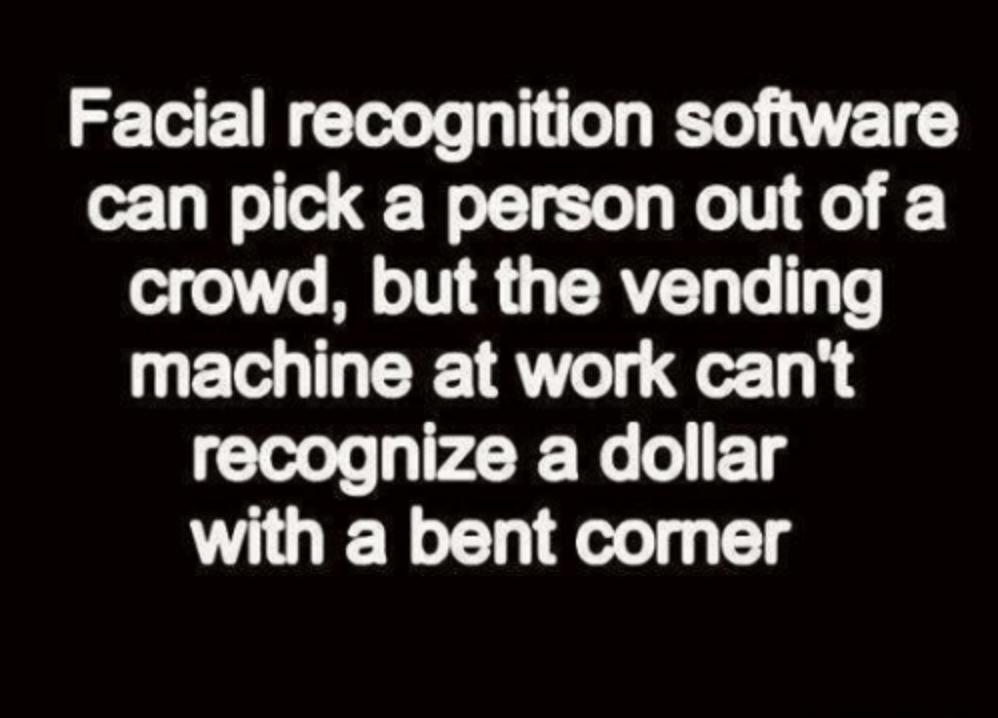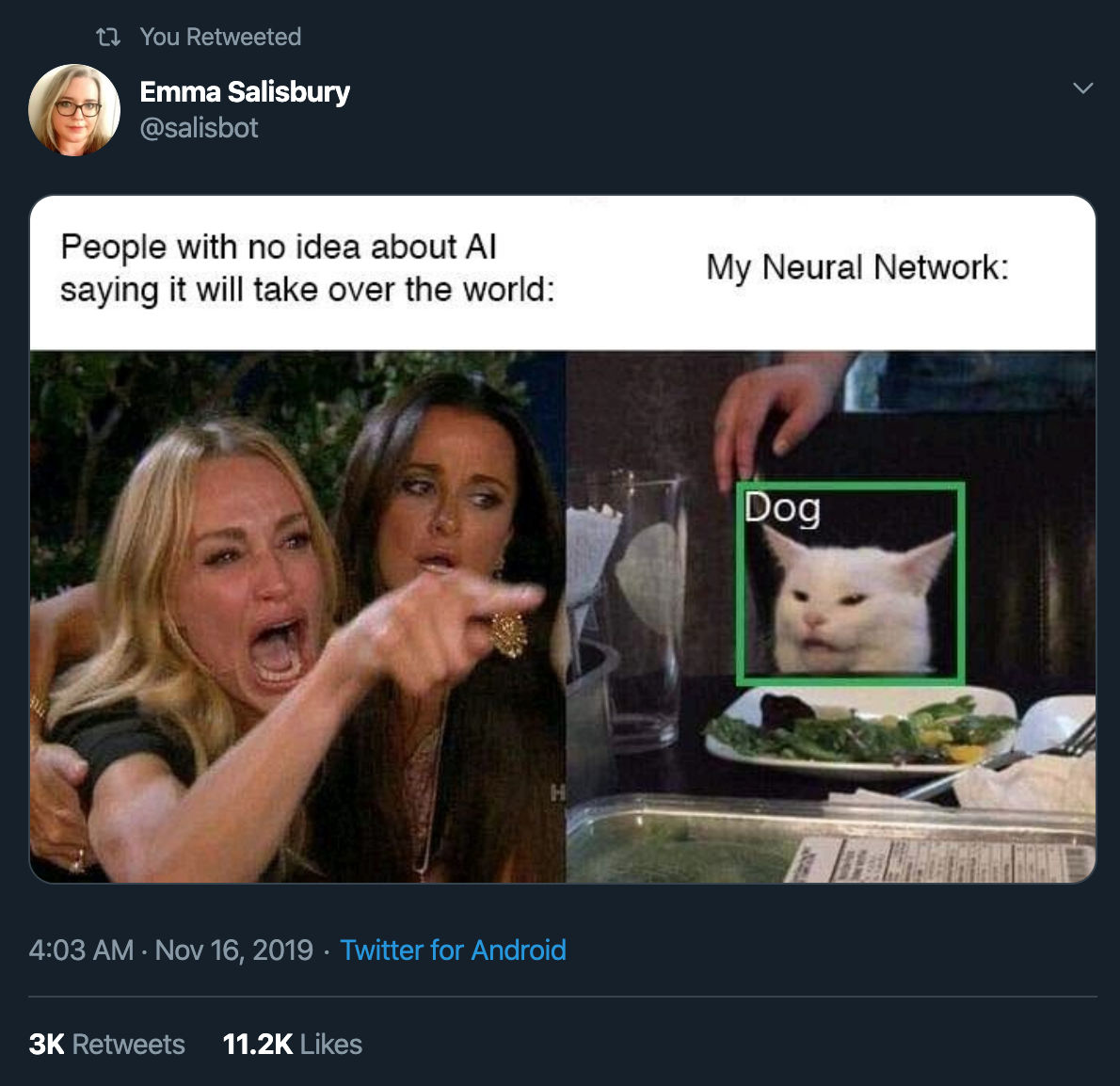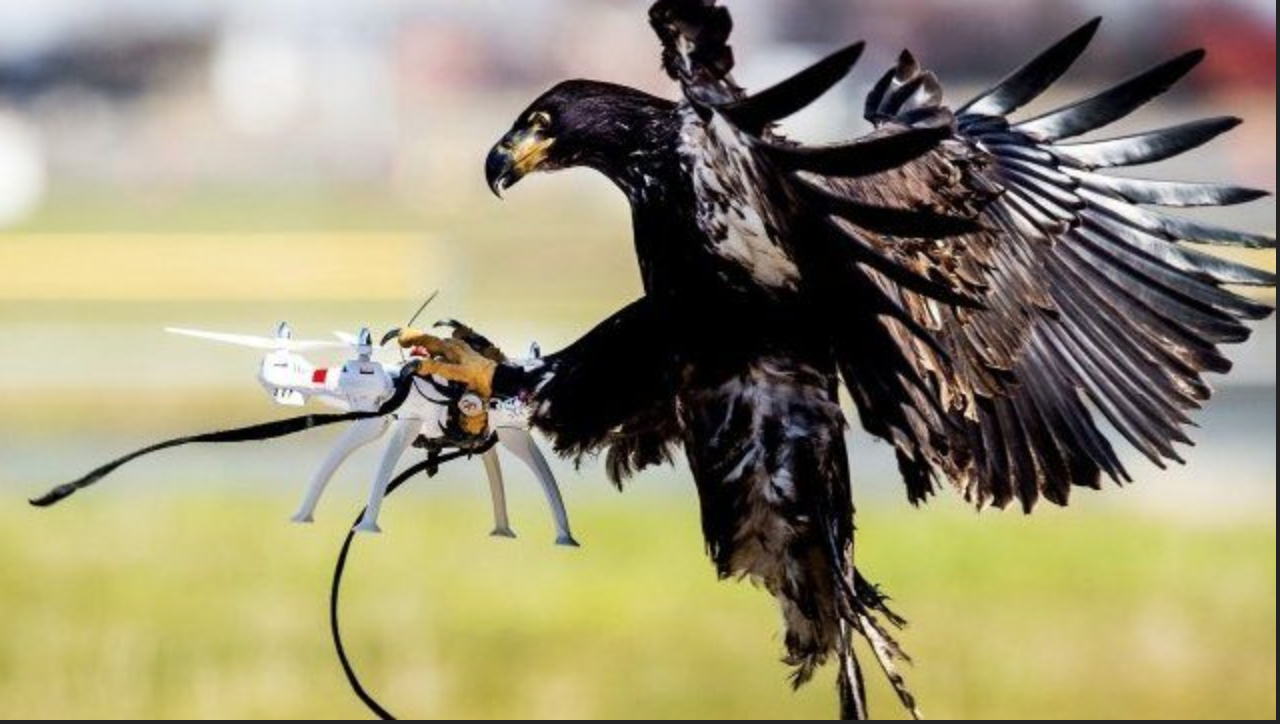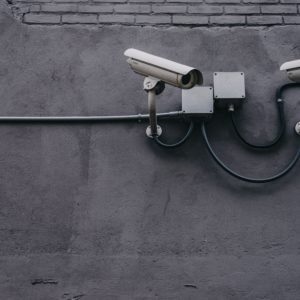Our 2020 Futurist Predictions for Tech

With the end of our year (and decade) approaching and the proliferation of pumpkin spice, it is now time to make predictions! As a milestone year, 2020 marks a new beginning and a great opportunity to pause and consider what lies ahead. It will be far cooler to say the 20s rather than the ‘aughts’ or the ’10s, which quite frankly felt awkward. What is especially weird is the fact that Blade Runner was set in 2019…
Where’s my space car?
The following are some tech trends we predict will make an impact in the next year — and the decade to come.
1. Much Ado about Privacy
In the past few years, we’ve seen privacy take center stage in a significant amount of conversations about technology. That won’t change any time soon. People are angry! The topic of privacy seems poised to take on increasing importance as the online privacy debate heats up. Was there anyone who didn’t cringe seeing Facebook CEO Mark Zuckerberg squirm whilst grilled by Congress on the subject?
In 2020, expect to see heightened awareness of data privacy issues, as well as actions being taken to (at least attempt to), bring current legislation up to date with current technology.
Businesses in other sectors will get in on the trend as well, highlighting their commitment to transparency and offering more privacy-centric features in new and updated products. Brave, Apple, Microsoft, and Mozilla have certainly seen the writing on the wall, and others will follow.

2. Law Enforcement’s Use of Facial Recognition
Coming soon to a police department near you… Amazon has reportedly been selling its advanced facial recognition system to U.S. police forces at bargain-basement prices. The underlying technology isn’t particularly new, but with Amazon entering the market, it’s certainly going mainstream — and gaining more attention than ever from civil rights activists and privacy advocates.
In early 2019 San Francisco became the first U.S. city to ban the use of facial recognition software by police, and other jurisdictions are examining the issue as well. But given the lack of a regulatory framework in place, we’re confident in saying that police use of the technology is going to get worse before it gets better. Let’s NOT talk about China in this regard, because we’re all going to freak out and there’s enough of that going around.

3. An AI Reckoning
Artificial intelligence is far from perfect. As impressive as the technology has become — advancing automation and augmenting our abilities as humans — it’s nonetheless still in its nascent stage with some serious growing pains. This epic tweet sums it up best:

Remember the AI-based job recruiting engine that taught itself to penalize female candidates’ applications? Corporations and consumers will have to contend with an imminent AI trust crisis. Accordingly, we’re going to see an increased drive toward explainable and auditable AI with an eye to transparency and accountability. Some primary topics of concern will be the creation of AI ethics guidelines, how to avoid unintended bias and governance mechanisms that help build confidence in AI systems.
4. Hawks vs. Drones
Man vs. machine and man vs. nature are epic battles! As drones proliferate in the sky, they will inevitably be involved in skirmishes with birds. Interestingly, this is a two-pronged issue: not only do hawks and eagles often attack drones of their own volition, but some people are also training the birds to take down drones on purpose.

In the latter case, these deliberate attacks may be authorized by the military against hostile drones or could be the work of thieves — or even countersurveillance groups and activists resisting a draconian government.
To mitigate the problem, we’re likely to see manufacturers adjust the design of drones. For instance, making drones appear more innocuous to birds could mean making them look more avian. But what’s certain is that drone technology will advance as a result of these conflicting forces.
5. Protesting the Status Quo
Finally, it’s important to actually talk about this… Hong Kong, Chile, and Lebanon. Three incredibly different places, and yet each one is currently embroiled in massive civil protests against rising inequality, corruption, and the centralization of power into the hands of a few. Similar mass movements are taking many areas around the world by storm, and we’re seeing this passion even in the most unlikely places — live esports broadcasts, anyone? — with no sign of slowing down.
Addressing such systemic issues (and we can add climate change to the list) incurs powerful opposition, and thus brings some measure of risk to protesters. We can expect to see them fighting back in every way they can, deftly navigating technology for organizational, safety, and awareness purposes.
The stakes have been raised. Activists and protesters will increasingly be using encrypted messaging apps, avoiding facial recognition and other surveillance methods, downloading VPNs for privacy, spreading their message on social media, live-streaming events online, and more.

6. Automation of Everything
Automation is on the rise in every industry. From customer service chatbots and self-driving vehicles to product manufacturing and medical processes, the real-life examples and use cases are widespread even today. The ultimate goal? Hyper-optimization of workflows to save time, effort, and money.
The impact of automation will begin to be felt most deeply among low-wage jobs, and the ubiquity of automated processes in the workplace will only increase from here on out. This growth in automation will drive significant business opportunities even as it ushers in uncertainty in other ways.
In the coming year, we can expect to see much debate about the effect of automation on jobs, the labor force, and the economy — as well as how to manage its ramifications.
7. Empowering the Edge
Edge computing is also poised to explode in 2020 and beyond. Industries will be able to speed up digital transformation efforts with the use of edge computing — a system where information processing and content collection and delivery are located near the sources of the information, resulting in reduced latency.
The boom in Internet of Things devices will help push edge computing into the mainstream, due to the need to process data emanating from a growing number of IoT sensors.
As a direct result of this growth — and the faster processing that comes with it — we can expect to see more smart spaces and smart applications in industries like finance, healthcare, retail, agriculture, and more.
8. Blockchain Evolution (Before Revolution)
The blockchain hype of 2017 is long over. The distributed ledger journal (DLJ) technology underpinning cryptocurrencies like bitcoin enjoyed a heyday of excitement which has now largely died down. But when it comes to practical applications, the companies doing real things with blockchain will continue to thrive.
Some areas where we’ll see the technology shine brightest are supply chain management, cross-border payment processing, food and drug provenance verification, fair trade certification, digital rights management, and electronic voting/fraud prevention. We should also expect to see continuing improvements in internet infrastructure, privacy with an increase in the popularity of services like VPNs.
The hype has shifted to AI to a large extent, so Blockchain may not take over the world any time soon, but it definitely has the capacity to transform industries in meaningful ways — albeit quietly and without much fanfare. Because when it’s the right fit, it’s a no-brainer.
And that’s it for now! For more on current trends, see my company’s previous post titled “Privacy Trends for 2020 and Beyond.”


